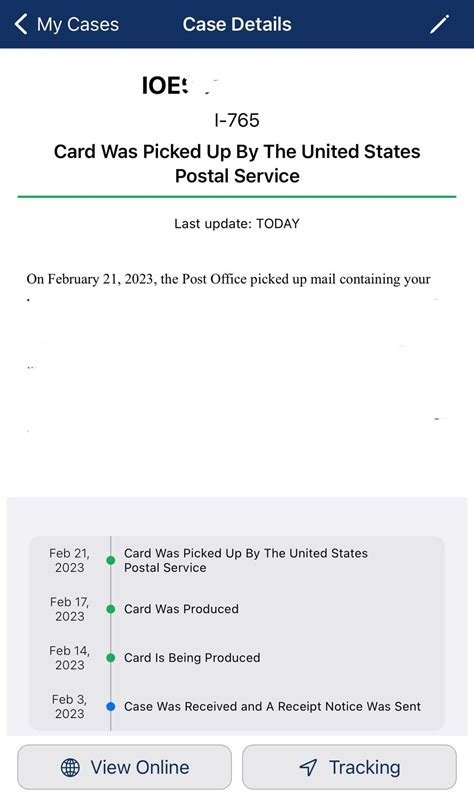Ideal liquidity provision for Uniswap v3 pool: calculating the right quantities
As the popularity of Uniswap V3 continues to grow, understanding how to maximize liquidity in your pool becomes increasingly important. In this article, we will explore the ideal quantities to provide liquidity in a Pool Uniswap V3 of token A and B.
current state
Currently, you have 1,000 token a (or other token) and 1,000 token B units in your wallet. Its current price is $ 50,000, indicating a significant market value for both tokens.
Calculation of Ideal Liquidity Contributions
To calculate the ideal quantities to provide liquidity, we will use the following approach:
- Determine the token supply: Calculate the total amount of each token available in the pool.
- Estimate demand and price: Based on historical data or current market trends, estimate the expected demand and price for each token.
- Calculate the ideal quantity to contribute: Determine the minimum amount that can be provided to maximize liquidity.
Token supply estimate

The total token supply is calculated by adding the quantities of token A and token B:
Token A: 1,000 units
Token B: 1,000 units
Total token supply = 2,000 units
Demand and price estimate
For this example, we will assume a moderate demand for both tokens. According to historical data, the token typically experiences greater demand than token B.
Assuming an average price of $ 55,000 (based on the current price of the tack) and a market value of 20% higher than the current price ($ 60,000), we can estimate the demand for each token:
- Token A: Demand = $ 55,000 x 1.2 = $ 66,000
- Token B: Demand = $ 50,000 x 1.2 = $ 60,000
Ideal liquidity contributions
To maximize liquidity, you must provide values that cover the estimated demand for each token.
For token A:
- Minimum Contribution: US $ 66,000 (20% of total offer) / 2,000 units = $ 33 per unit
- Maximum contribution: US $ 66,000 / 1,000 units = US $ 66 per unit
For token B:
- Minimum Contribution: US $ 60,000 (20% of total offer) / 2,000 units = US $ 30 per unit
- Maximum contribution: US $ 60,000 / 1,000 units = US $ 60 per unit
Conclusion
Following these steps and using historical data or market trends to estimate demand, you can determine the ideal values to provide liquidity in your token A and B pool.
Remember to also consider the diversification of your participation in different tokens to maximize returns, minimizing the risk.
Additional Tips
- Keep your liquidity contributions small enough to avoid skidding in the market.
- Regularly review and rebalance your portfolio to ensure the ideal performance.
- Consider using a liquidity pool aggregator or decentralized change (DEX) to optimize your liquidity provision process.